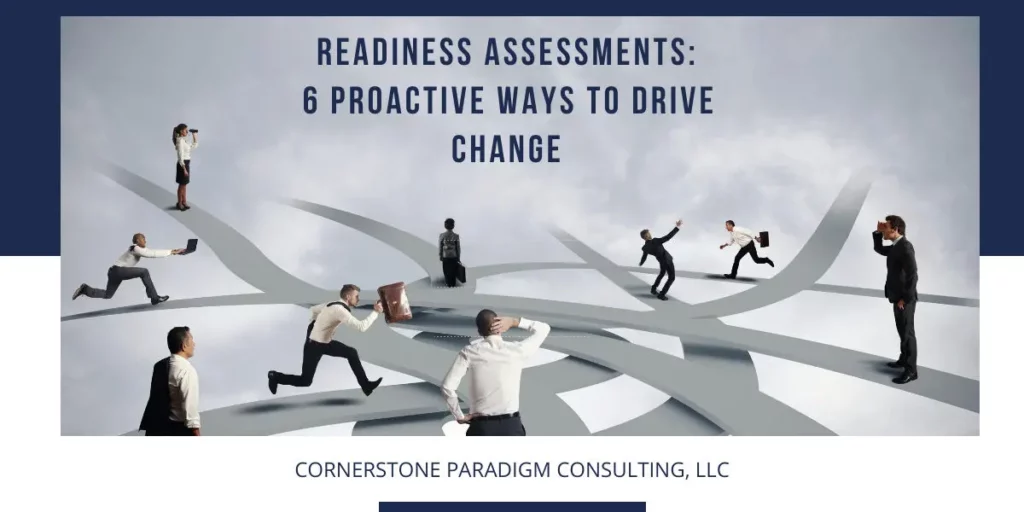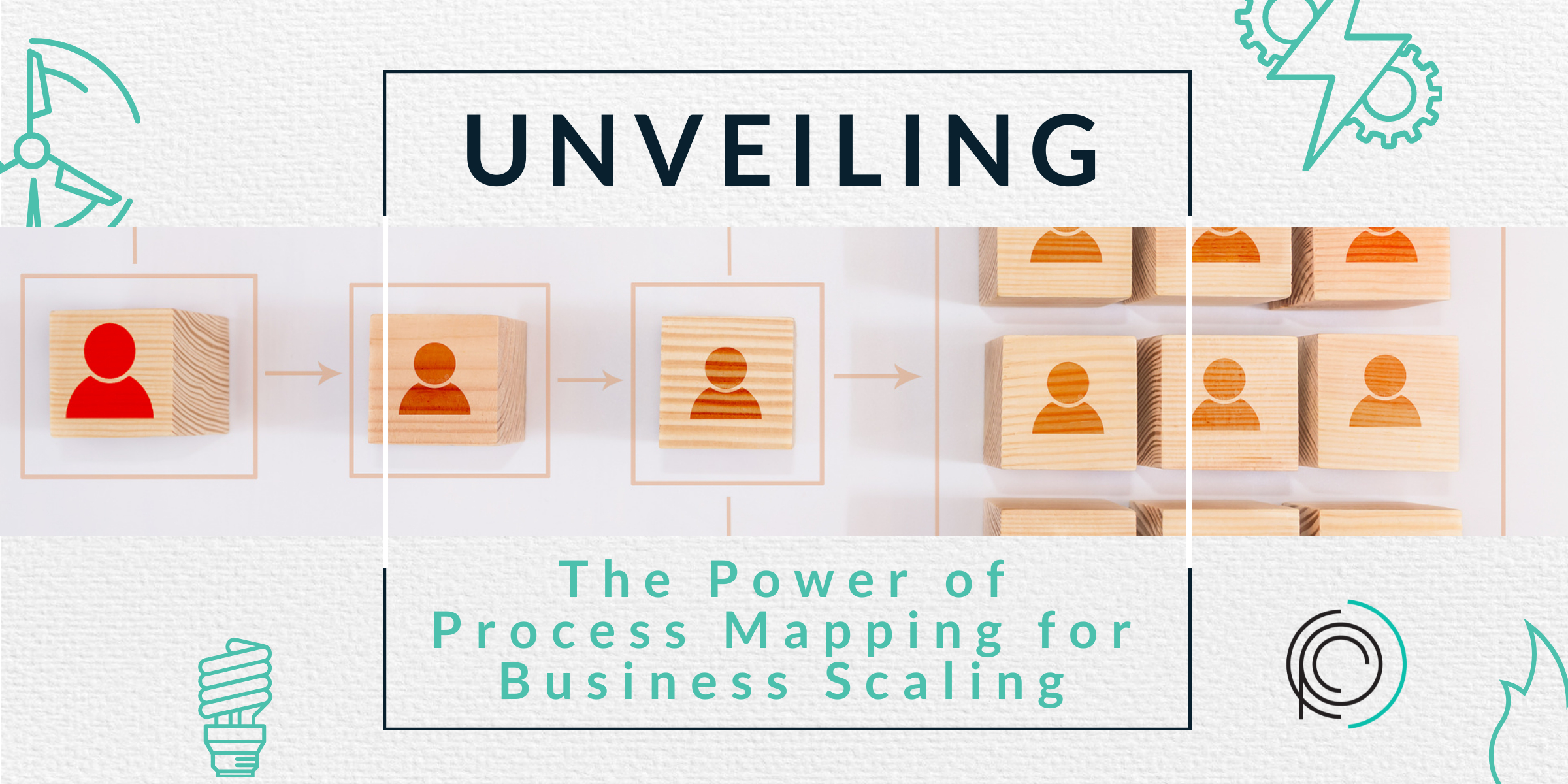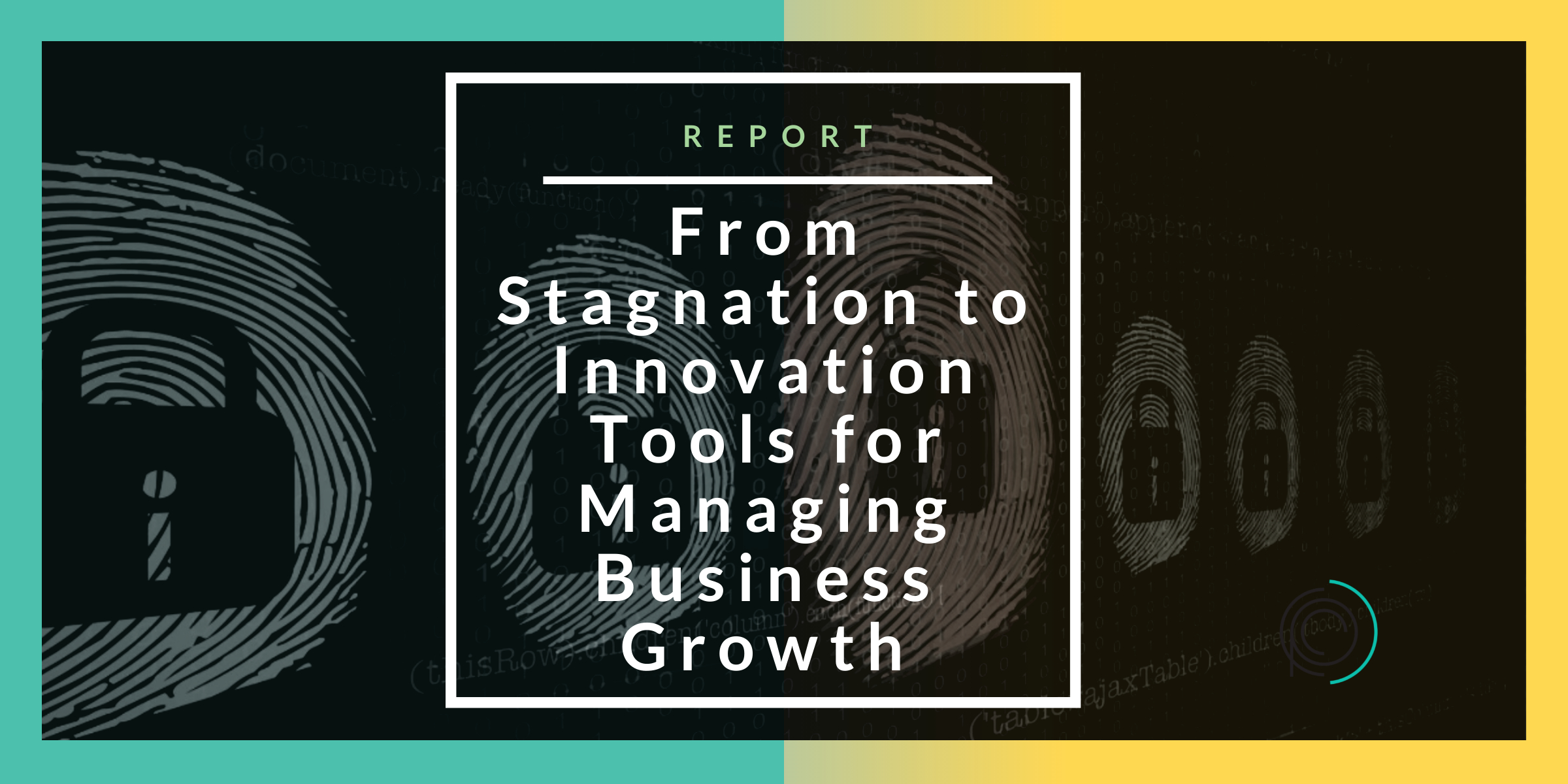Are You Prepared for Change? Mastering the Readiness Assessment for Organizational Success
Leading an organization requires a forward-thinking mindset and the willingness to take on the necessary change required for longevity. Making tough decisions on how to increase the bottom line while balancing the budget isn’t for the novice. So, how do you know when you’re ready for change? Some organizations want the change but may not be ready for it. How do you know if you are, or are not ready to take on change?
When a firm undertakes a substantial organizational change, it has the potential to become a legendary success story that resonates for years. Conversely, if executed prematurely or incorrectly, it could result in significant discontent among your team. Imagine if there were a method to predict the outcome in advance, allowing you to assess whether you’d emerge as a shining success or face challenges before investing time and resources into the project.
Fortunately, there is a solution: By first conducting a thorough readiness assessment. You might be wondering, what precisely a readiness assessment entails, and how can one go about executing it effectively to achieve the desired outcomes. Rest assured, we have all the insights you need. So, what exactly is a readiness assessment? Well, as the term implies, a readiness assessment primarily revolves around determining if a company is adequately prepared to embark on the transformation it’s planning. This evaluation is crucial in ensuring that the organization is equipped to navigate the changes ahead and maximize the chances of successful implementation. If you want to delve deeper into why readiness assessments matter, you can check out this insightful article on business continuity planning.
Planning is a crucial step that will help you foresee and address any potential challenges that might arise as you transition from your present situation to your envisioned future state. This process involves carefully examining various aspects, such as:
- People: How the team feels about a proposed change, and whether the culture is right for the shift.
- Processes: Planning, policies, and procedures that could impact how smoothly the transition goes.
- Technology: Whether a company has the technology needed to implement the change, or if it needs to break down the company’s technology needs.
- Customer experience: How the change will impact the customers’ experience and whether it will make their experience better.
Everything comes down to ensuring you have the resources needed (including time and human capital) and the systems in place or the right planning for a successful transformation. Once you have this information, you should be able to identify the greatest challenges you’ll face beforehand, and adapt your implementation to overcome them.
Why do you need one? We’ve already said that a readiness assessment helps to prepare a company for change by evaluating the structures and people in a company and making a plan accordingly. Doing this will help you save money and increase effectiveness because you’ll only be dedicating resources to policies that have a good shot at succeeding and you can make amendments before failing through trial and error.
Yet readiness assessments aren’t just about the outcome — they can also identify wider organizational challenges that may have fallen through the net. For instance, they might point to conflicts between different people in a team, giving leaders the chance to improve their organizational culture for the long haul. Possibly even improving productivity in the process.
Additionally, a readiness assessment isn’t just something you do once and assume everything will be fine forever. You can carry out these assessments on a regular basis to measure progress over time and figure out if your organization is going in the direction you want. What has improved? Have you gone backward in any aspects?
How to conduct a thorough readiness assessment
Now, we arrive at the pivotal question that underpins it all. How exactly can you initiate the process by yourself and embark on this journey of evaluation and preparation? Worry not, for we have you covered. Here are 6 key steps you’ll need to follow when conducting a readiness assessment:
- First of all, you’ll need a framework. There are many readiness assessment tools designed for specific purposes available online — for instance, Microsoft has one for enrolling in Microsoft Managed Desktop and the World Bank has one for carrying out an Open AI initiative. Or, you might look at a few examples and use them to create your own.
- Describe the change you’re implementing to the team and stakeholders, mentioning all steps involved, the time commitment, and the overarching vision.
- Seek out feedback, such as through surveys or interviews, with a focus on feedback and concerns. Start general.
- Use this general feedback to craft more specific interviews with those with influential positions. Be sure to ask about their ability and skills and how they feel the changes will impact them.
- Assess more objective or technical factors, such as resources and technology, as specified in your original framework.
- Analyze the results to look for potential problems and any changes you need to make.
Naturally, these kinds of calls are hard to make if the person conducting a readiness assessment is directly involved in the organization. That’s why many companies opt to go with a third party that can assess everything from an impartial standpoint. A consultant can also handle the creation of a tool and framework for you, which is something many firms find challenging. If you do opt to hire a consultant, be sure to find one with the right skills and experience for your organization’s specific needs.
The bottom line? A readiness assessment is an essential step that will help ensure the smooth implementation of change in your organization. It helps identify potential barriers beforehand and allows you to make necessary adjustments in time. By creating a thorough plan and utilizing tools and resources, you can make the transformation process as seamless as possible. Don’t underestimate the importance of readiness assessments in achieving successful change management. It could be the difference between a smooth transition and a bumpy ride towards your goals. So take the time to conduct one before embarking on any major changes within your organization.
In addition to conducting a readiness assessment, it’s crucial to have a solid change management plan in place. This involves creating a clear and detailed roadmap for how the transition will take place, including timelines, key milestones, stakeholders, and communication strategies.
Effective change management also requires strong leadership and effective communication with all team members. Ensuring that everyone is on board with the proposed changes and understands their roles and responsibilities will greatly increase the chances of a successful transformation.
Furthermore, it’s essential to continuously monitor and evaluate the progress of the change management process. This will allow for adjustments to be made if necessary and ensure that the desired outcomes are being achieved.
In conclusion, readiness assessments are a critical tool in preparing an organization for change management. By conducting a thorough assessment and creating a solid change management plan, companies can successfully navigate through major transformations and achieve their goals. With careful planning and effective communication, change management can become a smooth and efficient process rather than a chaotic and stressful one. So don’t overlook the importance of readiness assessments in your organization’s success and make them an integral part of your change management strategy. This will ensure that you are prepared for any challenges that may arise and can effectively steer your organization toward growth and success. So don’t hesitate to conduct regular readiness assessments to stay on top of your organization’s progress and make necessary changes for continuous improvement.
Overall, readiness assessments are not just a one-time process but an ongoing one that should be regularly carried out to ensure the effectiveness and success of change management efforts. Embracing a culture of regular assessment and improvement will not only benefit the organization but also create a positive work environment for employees. So take the necessary steps to conduct a thorough readiness assessment, and watch your organization thrive in the face of change. So keep evolving, keep assessing, and keep improving! Remember, change is constant, but with proper preparation and planning, success is attainable. So don’t shy away from change, embrace it with a readiness assessment as your guide. The possibilities are endless, and the journey is just beginning! Happy assessing!
Change is inevitable in any organization, whether it’s driven by internal initiatives or external factors. As organizations continue to evolve and adapt to the ever-changing business landscape, the importance of readiness assessments cannot be overstated. By conducting a thorough assessment, organizations can identify potential challenges, address them proactively, and ensure successful change management efforts.
Prepared for preparedness? Before taking a leap of faith off a cliff, it’s wise to gather information about what lies beneath. Conducting a readiness assessment is crucial. Keep in mind, that these assessments mark the start of an ongoing process to enhance your organization. We leverage readiness assessments as a vital tool to enhance business operations.s. With a focus on people, processes, technology, and customer operations, we’ve helped countless clients improve how they work. To find out more about how we can do the same for you, why not get in contact or book your initial consultation today?







